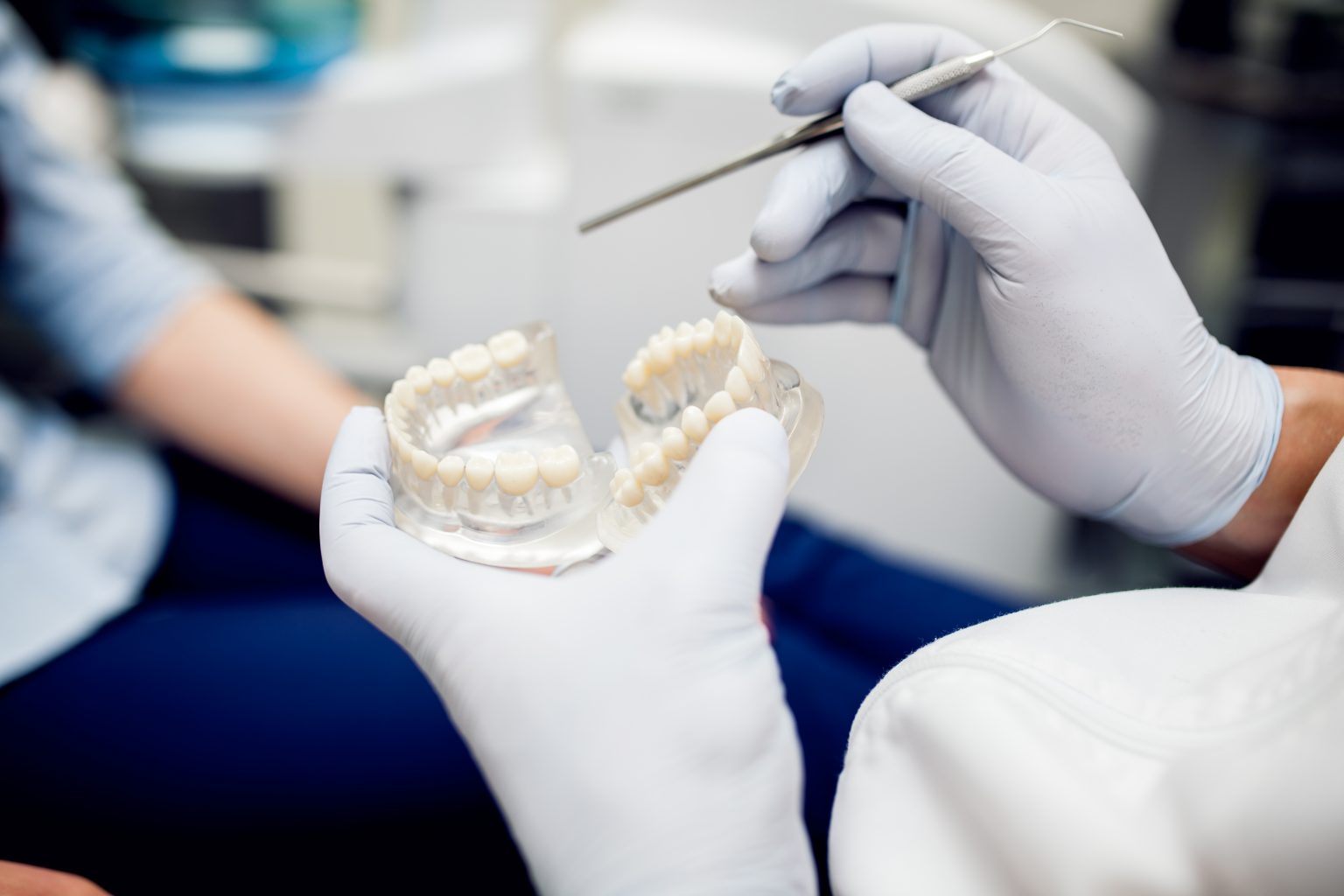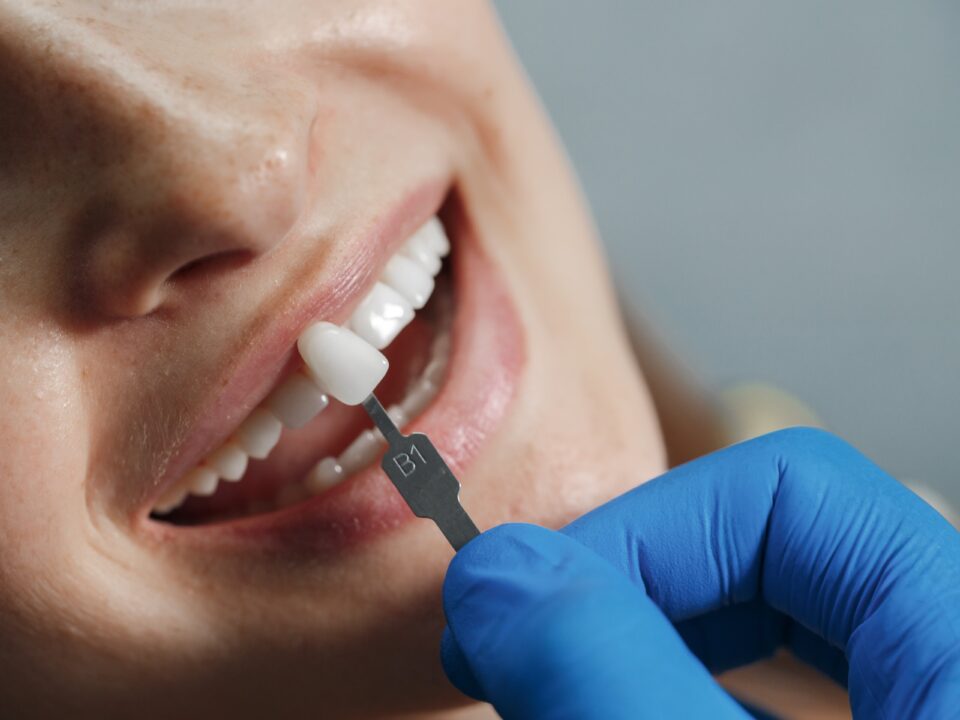Dental bridges offer a reliable solution for replacing missing teeth, restoring both functionality and aesthetics to your smile. In this comprehensive guide, we’ll explore everything you need to know about dental bridges, from their types and benefits to the process involved. Whether you’re in Plano or Garland, understanding dental bridges empowers you to make informed decisions about your oral health.
Understanding Dental Bridges
Dental bridges serve as prosthetic devices used to bridge the gap created by one or more missing teeth. They consist of one or more artificial teeth (pontics) supported by adjacent natural teeth or dental implants.
Types of Dental Bridges
- Traditional Bridges: Traditional bridges are the most common type, consisting of one or more pontics held in place by dental crowns placed on the adjacent natural teeth.
- Cantilever Bridges: Cantilever bridges are used when there are adjacent teeth on only one side of the gap. They rely on support from a single adjacent tooth.
- Maryland Bonded Bridges: Maryland bonded bridges use metal or porcelain frameworks bonded to the backs of adjacent teeth, eliminating the need for crowns.
Benefits of Dental Bridges
- Restored Functionality: Dental bridges restore the ability to chew and speak properly, preventing issues associated with missing teeth such as difficulty in eating or speaking.
- Improved Aesthetics: Bridges fill in gaps left by missing teeth, enhancing the appearance of your smile and boosting self-confidence.
- Preservation of Oral Health: By preventing adjacent teeth from shifting out of alignment, dental bridges help maintain proper bite alignment and prevent jaw joint issues.
The Dental Bridge Procedure
- Initial Consultation: During the initial consultation, your dentist in Plano or Garland will evaluate your oral health, discuss your goals, and determine if dental bridges are the right option for you.
- Preparation of Abutment Teeth: If traditional bridges are chosen, the adjacent teeth (abutment teeth) are prepared by removing a portion of enamel to accommodate the crowns that will support the bridge.
- Impression Taking: Impressions of your teeth are taken to ensure the bridge fits accurately and comfortably. These impressions are sent to a dental lab where the bridge is custom-made.
- Temporary Bridge Placement: While the permanent bridge is being fabricated, a temporary bridge may be placed to protect the prepared teeth and maintain aesthetics.
- Bridge Placement: Once the permanent bridge is ready, it is carefully placed and adjusted for proper fit and bite. Any necessary refinements are made to ensure comfort and functionality.
Caring for Dental Bridges
- Maintain Good Oral Hygiene: Brushing twice a day, flossing daily, and using an antiseptic mouthwash help keep the supporting teeth and bridge clean and free from plaque buildup.
- Regular Dental Check-ups: Schedule routine dental visits with your dentist in Plano or Garland for professional cleanings and examinations to ensure the longevity of your dental bridge.
Finding the Right Dental Bridges Provider
- Research and Reviews: Conduct thorough research and read reviews to find reputable dentists specializing in dental bridges in Plano and Garland.
- Consultation and Evaluation: Schedule consultations with prospective dentists to discuss your options, assess their expertise, and determine the best course of action for your specific needs.
Conclusion: Enhance Your Smile with Dental Bridges
Dental bridges offer a reliable solution for restoring missing teeth and enhancing the overall appearance of your smile. Whether you’re in Plano or Garland, understanding the types, benefits, and procedure of dental bridges empowers you to make informed decisions about your oral health. With the guidance of a skilled dentist and proper care, dental bridges can provide lasting functionality and aesthetics, allowing you to smile with confidence once again.




